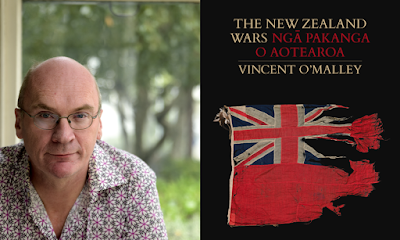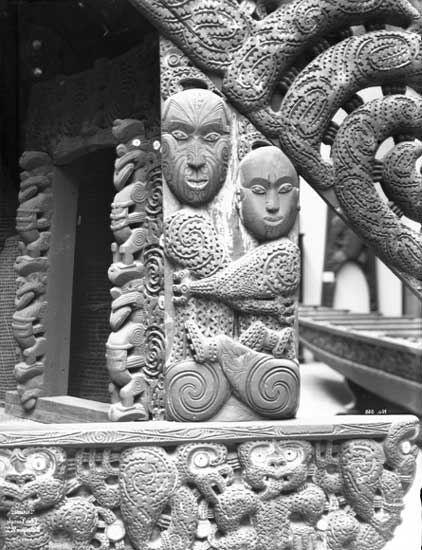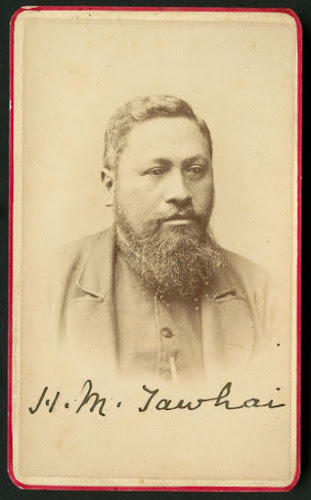National Portrait
His monumental 2016 book about the 1863-64 war in Waikato, The Great War for New Zealand, has now been followed by a smaller, more accessible, illustrated account, The New Zealand Wars Ngā Pakanga o Aotearoa. Ever wondered about the wars and why they happened? This is the ideal place to start.
Essentially, the New Zealand Wars stretched across nearly 30 years,
from 1845 to 1872, ranging from the Bay of Islands in the north to
Wairau, near Blenheim, in the south, with a lot of action in Waikato and
Taranaki. Some individual stories are better known than others: the
messianic defiance of Te Kooti and Titokowaru, Hone Heke and his
repeated sabotage of British flagstaffs, the Parihaka tragedy of 1881
that was a post-script of sorts.
The best guess for overall casualties is said to be 4250 Māori
casualties – 2000 "hostile" Māori killed, 2000 wounded and 250
"friendly" Māori killed. An unknown number of "friendly" Māori were
injured. Of the British and colonial troops, 560 were killed and 1050
wounded, making the total on both sides at least 5860.
The Māori population was about 59,000 nationally in 1857-58 but some
regions were more affected than others. As many as one in 10 Māori in
Tūranga, the area around Gisborne, were killed or wounded in one week in
1865.
There is a lasting legacy as well. The relative depression of Northland
since the wars, the sudden dominance of Auckland, the lasting economic
and cultural pain of land confiscations, the end of a Māori-Pākehā
partnership – all these can be traced to the wars. As O'Malley says in
the book, "any discussion of contemporary Māori poverty that fails to
acknowledge the long history of invasion, dispossession and confiscation
is missing a vital part of the story".
Read more here.




Comments
Post a Comment